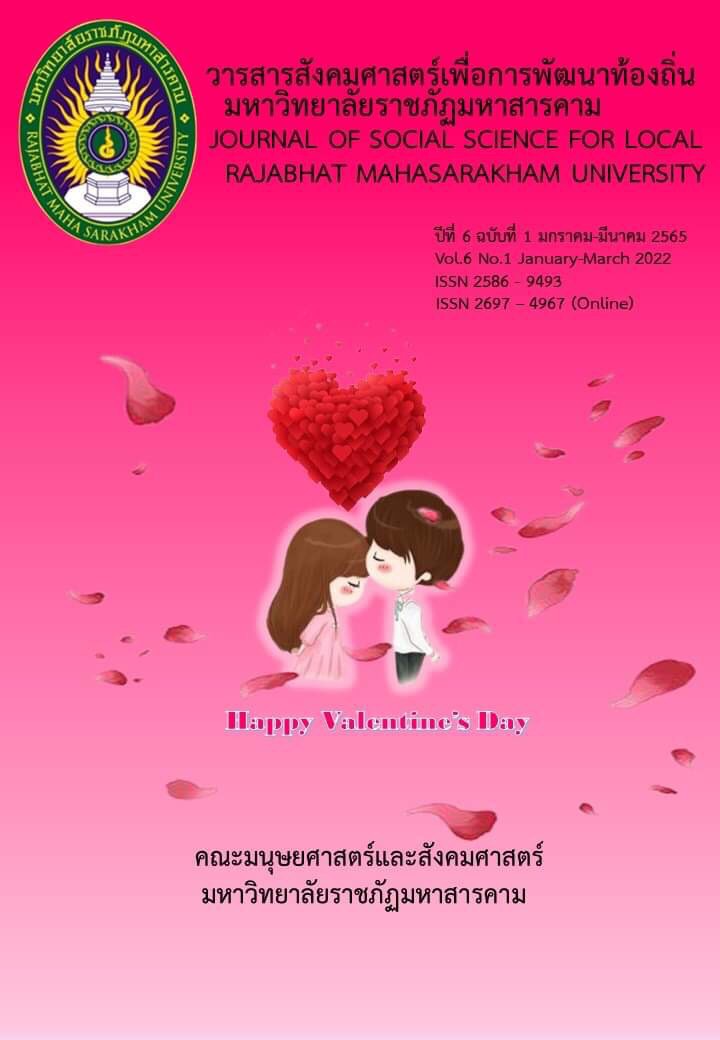Guidelines for School Network Administration in Two-way Communication Distance Education Project in Lower Secondary Schools in the Central Region.
Keywords:
Network Administration, Distance Education, Two-way CommunicationAbstract
This research consists purposes 1. evaluate the two-way communication distance education project in lower secondary schools in the central region, and 2. find out the guidelines for school network administration in the two-way communication distance education project in lower secondary schools in the central region. Mixed research between qualitative and quantitative research (Mixed Methods). The research tools were a checklist questionnaire, a 5-level rating scale questionnaire, an interview form with a reliability level of 0.85, an interview questionnaire with a consistency value between 0.67-1.00 and a group discussion issue, the consistency value is between 0.67-1.00. The quantitative data were analyzed by using percentage, mean, and standard deviation, and the qualitative data was analyzed by using content analysis. The research results were as follows: 1) Implementation of two-way distance education management at the level junior high school The middle level of the beginning teacher Overall, it was at a high level (x̅ = 4.20) and an assessment of the operation of two-way distance education management at the lower secondary level. Central level of the destination teacher Overall, it was at a high level (x̅= 4.12). 2) The guidelines for school network administration in two-way communication distance education project in the lower secondary schools in the central region were as follows: 2.1) Context: planning and formulating policies and principles for network administration, organizing learning and sharing activities, personnel development planning to solve the problem in using teaching media, 2.2) Inputs: supervision for teachers to prepare clear and systematic worksheets for efficiency, 2.3) Process: public relations and clarification to parents or related parties about the two-way communication distance education project through video conference, and 2.4) Outputs: higher responsibility on work performance and achievement.


